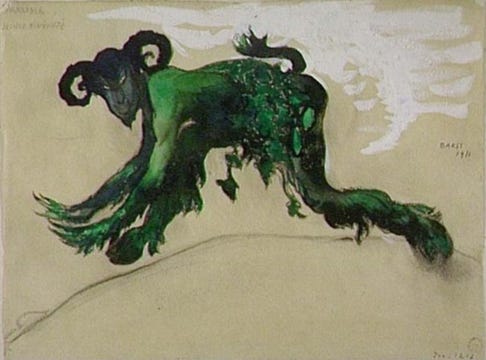Devils or Angels? Defining the Dark Entities of Christianity’s Past
Devil or angel? Sometimes it’s hard to tell. The concept of demons is an old one, harking back to the confiscation of pagan nature deities by the Roman Empire, which turned them into something more sinister and evil than may have originally been intended. Angels are as old as religion itself, appearing in the earliest of writings of Abrahamic traditions, including fallen angels who mated with human women and defied the will of God, and thus were kicked out of the heavenly realm to roam the wastelands of Hell. Many people believe demons and fallen angels are the same. Many do not, citing that fallen angels specifically began as good angels who fell from grace, whereas demons were, as we might say, born to be bad.

The Root of Demons
In our quest to define what a demon is, or isn’t, it usually helps to look at the root of the word itself. The word dates back to the Latin “daemon” from the Greek “daimon,” which meant “deity, divine power, lesser God, guiding spirit and tutelary spirit.” Later Christian use associated it with “daimonion,” or “unclean spirit, God of the heathens,” which explains the negative connotation placed on the word by the Church. A lesser God is a much different entity from an unclean spirit or heathen spirit, which is not only looked upon as inferior, but almost primitive and certainly pagan. The original connotation of demons as divine was cast out during the rise of the Roman Empire in order to set Christianity as the state religion. Pagan statues were then “demonized” and the divine status stripped of the deities they represented. What was once beautiful and worthy of worship to the pagan world was now unclean and evil to the rising Christian mind view.
Pagan fertility deities often got the worst of the demon treatment, including Pan, a nature God that is still mistaken for a horned demon because of his association with fecundity, fornication and nature.

Many scholars assume the idea of Satan and the devil as a horned being came from Pan himself, who was more concerned with lustful living and engaging in the temptations of the natural world out in the woods and glades than doing evil. Thus, the “horny old goat” became the Devil himself and the hooved son of Hermes was never to live down the bad rap.

Unclean Demons and Exorcism
Demons are usually described as malevolent beings, and are found in religion, folklore, myth and literature. Sometimes they are considered the devil’s minions, as in Satan’s underlings, but demons don’t have to by nature have any association with the Overlord of Hell himself. They can, and do, operate on their own.
Keep reading with a 7-day free trial
Subscribe to Ancient Origins UNLEASHED to keep reading this post and get 7 days of free access to the full post archives.


